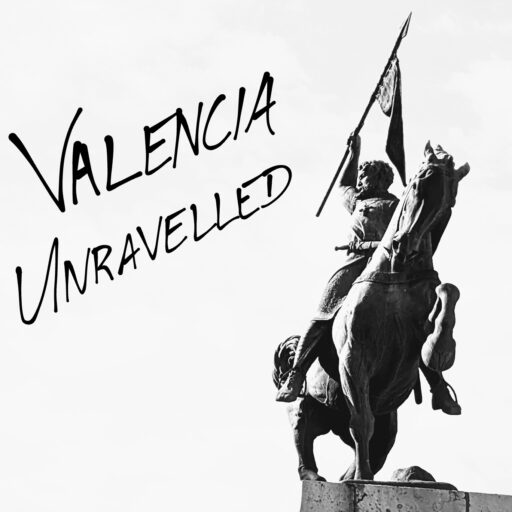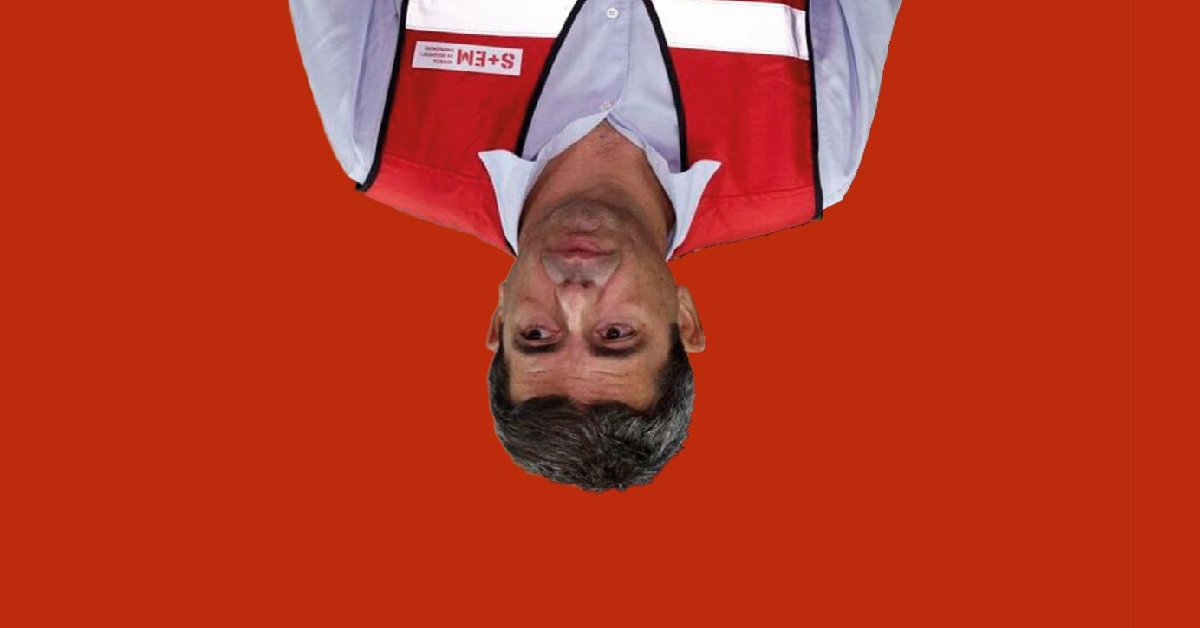Today marks exactly one year since the devastating floods of 2024. The so-called DANA, a cold drop event, caused tremendous damage and took over 230 lives, some of whom are still missing. Understandably, the people of Valencia are traumatised. Moreover, they are furious. Every month since last year, they have taken to the streets in massive protests against the government that failed to protect them. One image has become synonymous with these protests: a photo of regional president Mazón placed upside down.
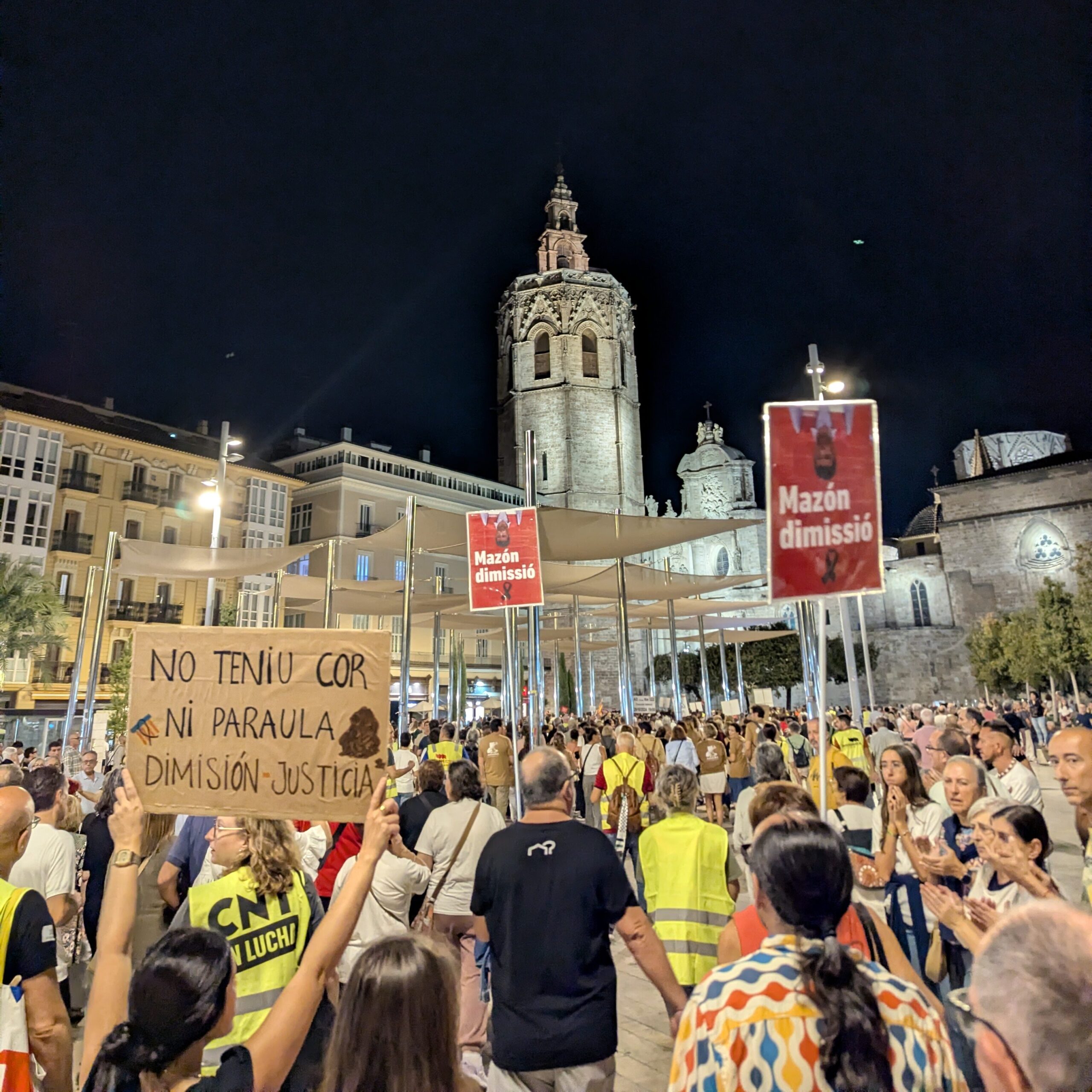
I think the message is clear: Valencia does not like president Mazón. Some international visitors may associate it with an image they have seen at home. In various countries, flying a flag upside down communicates distress or protest. This is usually reserved for extreme situations, not just for your run-of-the-mill protests.
However, that tradition does not exist in Valencia for one simple reason: the local flag would look exactly the same upside down as it would when flown normally. There is, however, another tradition: depicting a political figure who caused tremendous harm to the Valencians upside down!
King Felipe V and the suppression of Valencia
When king Carlos II of Spain died without an heir in 1700, an international conflict arose. Various European powers proposed their own candidate for the Spanish throne. France advanced Felipe, a grandson of the French king. Meanwhile, the Austrian Habsburgs, England and the Dutch Republic supported archduke Carlos of Austria. The War of Spanish Succession lasted from 1701 to 1714.
A significant proportion of the Kingdom of Valencia supported archduke Carlos of Austria. In 1707, local troops supported by Austrians, English and Dutch forces attempted to halt Felipe’s advance on Valencia near Almansa, a town located 50 kilometres west of Xàtiva. The battle, which took place on 25 April, resulted in a major victory for Felipe.
Xàtiva: a bump in the road to victory
Although the army had faced defeat, resistance did not stop. As Felipe advanced towards Valencia, he had to pass through the Xàtiva’s territory. The Xàtivans put up fierce resistance, until Felipe’s troops finally captured the city on 19 June. In punishment for their tenacity and enmity, he ordered his men to plunder, destroy, and burn the city and deport its inhabitants. What had for centuries been one of the most influential and powerful cities in the Kingdom of Valencia, now remained as a smouldering heap of rubble.
After conquering what remained of Valencia, Felipe abolished the Kingdom of Valencia and integrated it into the Kingdom of Spain. All autonomy and self-rule disappeared. The local language could no longer be used when dealing with official institutions. Festivals celebrating local identity, such as the holiday of 9 October commemorating king Jaume’s conquest, were banned.
Ultimately, Felipe emerged victorious from the War of Spanish Succession and became the first Bourbon king of Spain. He unified Spain politically, ruling centrally from Madrid and establishing Castellano (modern Spanish) as the national language. Yet while this unity existed on paper, the Valencians, and especially the Xàtivans, detested him for the destruction he had caused.
Not our favourite king
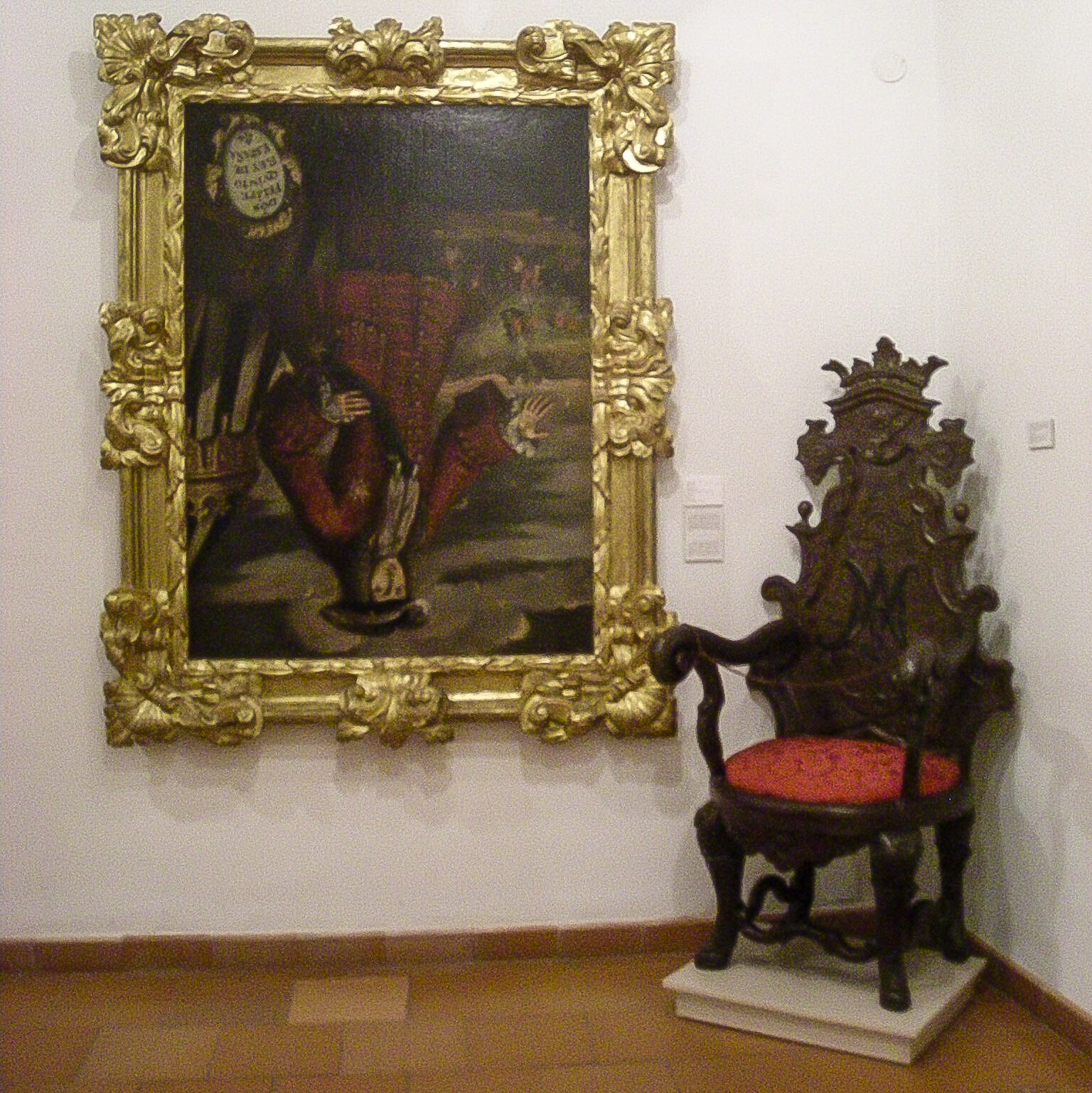
Centuries later, towards the end of the 1950s, one Xàtivan took revenge: Carlos Sarthou, the director of the Museu de l’Almodí in Xàtiva. He decided to exhibit the official portrait of king Felipe V upside down. This symbolised the city’s rejection of Felipe’s violent repression of its people. Since then, “the inverted display of the portrait has become a symbol of Xàtiva’s collective identity and its commitment to memory and dignity.”
From 2023 till 2025 the portrait underwent a major restauration. The City Council of Xàtiva thought it pertinent to mention that even during the restauration the portrait remained upside down, except for one small part, which had to be done in the regular position due to technical reasons. You can go see the restored portrait yourself in the Museu de Belles Arts de Xàtiva.
Not our favourite president
This is the historical precedent for president Mazón’s inverted appearance on posters over the last year. His impressive failure to in accordance with the gravity of the situation, both on 29 October 2024, when the calamity took place, and in the days, weeks, and months that followed, has incensed the people of Valencia. No other politician has faced such a unanimous rejection from Valencian society.
His upside-down depiction is a clear sign of disdain and rejection. The Valencians have drawn a comparison between the king who destroyed one of their major cities as well as their autonomy and collective identity, and the president who failed to protect his people from mortal danger and then denied his responsibility for the subsequent 230 deaths. They both represent an affront to the Valencian people.
It is no wonder then, that during last Saturday’s protest, you could hear thousands of people shouting, No són morts, són assassinats! – “They are not deceased; they have been murdered!”
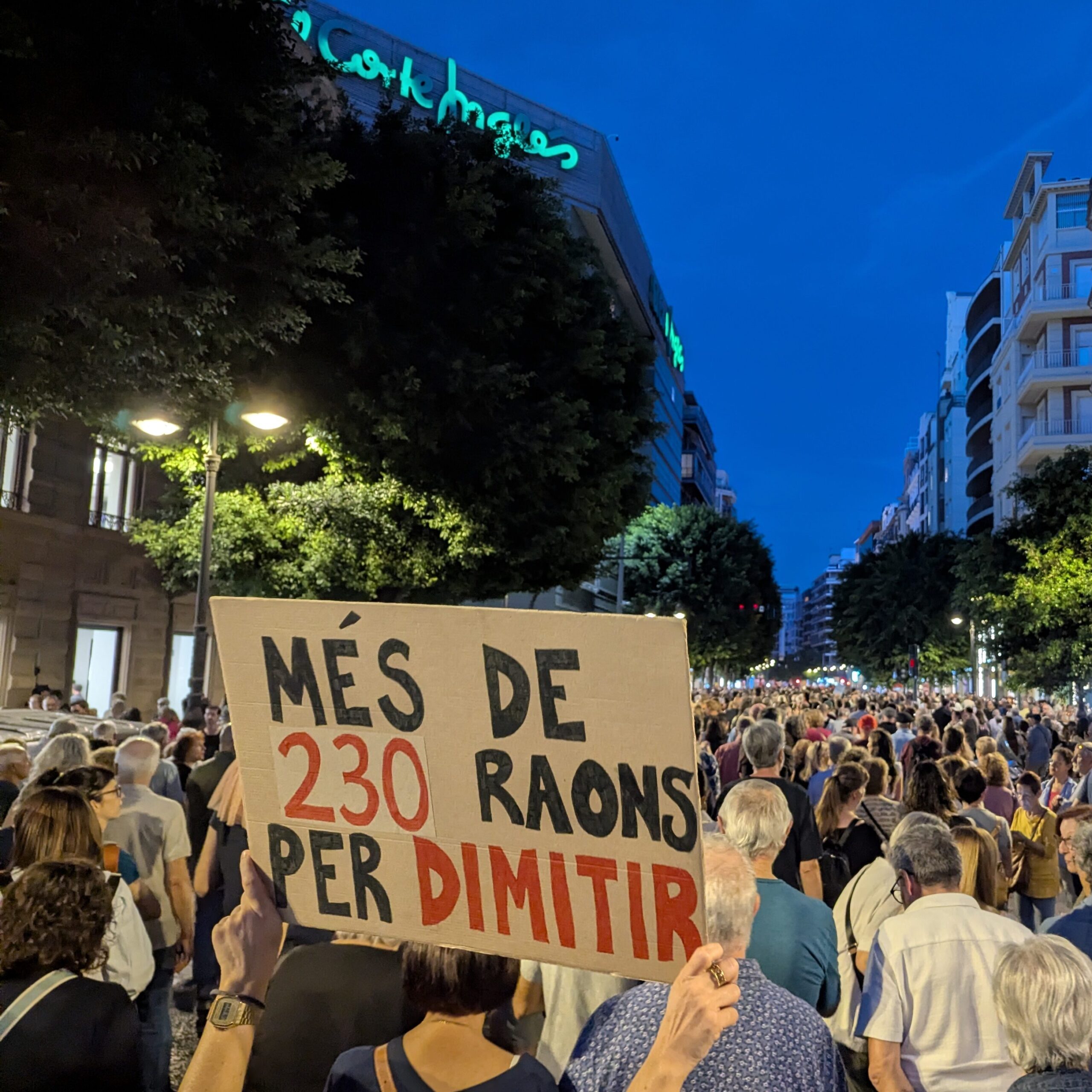
Sources
- El retrato de Felipe V regresa a Xàtiva restaurado y boca abajo 318 años después de la quema de la ciudad, by Ajuntament de Xàtiva.
- ¿Los valencianos, desde cuándo son valencianos? by Vicent Baydal.
